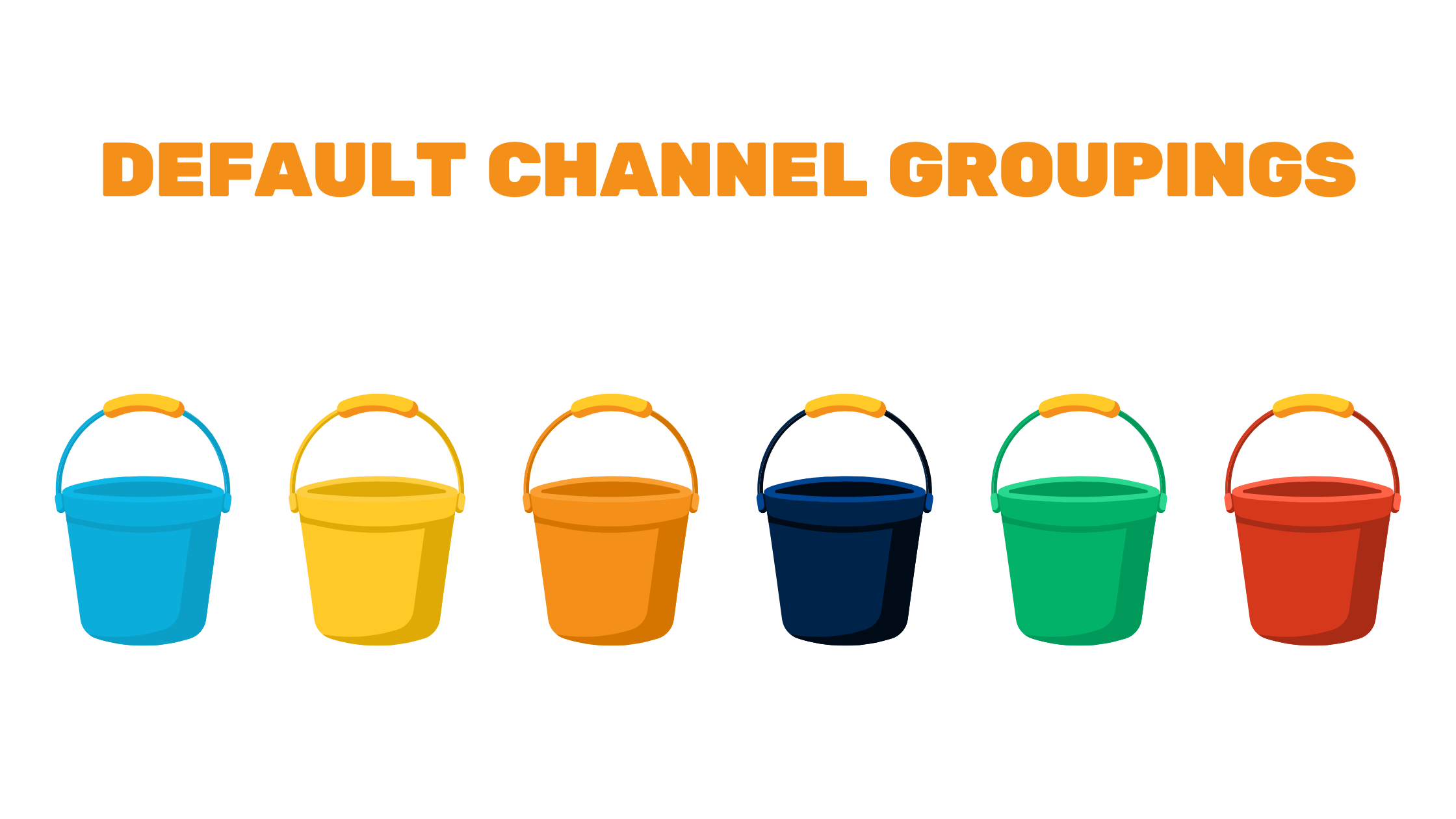For E-commerce businesses in particular, expanding your digital advertising reach during the holidays can be a highly effective strategy to capture the attention of a larger audience and drive more sales. This tactic can also set you up for incremental lifts in overall traffic and sales year-over-year.
Here are some steps you can take to achieve this:
Plan in Advance
Start your holiday advertising planning well in advance. Ideally, begin planning and strategizing for the holiday season several months ahead. When it comes to holiday market planning, “Christmas in July” should be taken very literally!
Set Clear Goals
Define your Q4 goals and objectives in specific, measurable terms. Determine what you want to achieve with your holiday advertising campaign, whether it’s increased sales, brand awareness, lead generation, or something else. Set specific target goal benchmarks such as “25% increase in paid search traffic YoY.”
Leverage Multiple Channels
Diversify your advertising channels to reach a broader audience. You may stick to one or a handful of online marketing channels during most of the year. Consider using a larger mix of platforms such as Google Ads, Facebook Ads, Instagram, Twitter, Pinterest, TikTok, and email marketing.
Create Holiday-Specific Campaigns
Design holiday-themed ad campaigns that resonate with the season. Incorporate festive visuals, messaging, and promotions to capture the holiday spirit. For example, holiday creative can be used in banner ads, website banner promos, social media ads, and email marketing campaigns.
Targeting and Segmentation
Utilize audience targeting and segmentation to reach the right people. To tailor your ads effectively, segment your audience based on demographics, interests, and behaviors.
Optimize for Mobile
Since many people shop on their mobile devices during the holidays, make sure your ads are mobile-friendly. Optimize your website for mobile as well. The most popular content management systems such as Shopify and Squarespace let you edit your website in mobile mode to make this easier. Optimizing for mobile also means making the checkout process as seamless as possible. Incorporate multiple payment options, including Apple Pay, Google Pay, and PayPal so that customers don’t have to worry about fetching their credit cards.
Content Creation
Develop high-quality content that aligns with your holiday campaigns. This includes ad copy, images, videos, and landing pages. You can conduct keyword research to identify ways users tend to search during the holidays, then align your content with their search intent.
Utilize Retargeting
Implement retargeting campaigns to re-engage users who have previously visited your website or interacted with your brand but didn’t make a purchase. You can create retargeting campaigns on any ad platform, but you should especially make sure you run them on Meta Ads and Google Ads.
Ad Extensions and Features
Take advantage of ad extensions and features offered by Google and Microsoft. These can include sitelink extensions, callout extensions, and promotion assets.
Budget Allocation
Adjust your advertising budget to account for the increased competition during the holiday season. Allocate more budget to high-performing campaigns. A good rule of thumb for deciding how much to increase your budget is to identify the seasonality of searches for your products with keyword research, then increase your budget in proportion to the expected increase in demand.
Monitor and Optimize
Continuously monitor the performance of your holiday campaigns. Analyze data, track key performance indicators (KPIs), and make adjustments as needed to improve results. Keep an eye on ROAS (return on ad spend) and your overall marketing ROI (this includes any agency fees and platform fees along with your ad spend).
Utilize Social Proof
Highlight customer reviews, testimonials, and user-generated content in your ads. Social proof can help build trust and influence purchase decisions.
Countdown Timers and Urgency
Create a sense of urgency by using countdown timers and limited-time offers in your ads to encourage immediate action. Most E-commerce platforms have this feature that will easily integrate with your website.
Collaborate with Influencers
Partner with social media influencers who align with your brand to promote your holiday offers and products to their followers. When deciding on influencers, consider not just their total following but also how specific their target audience is to your niche audience. The better aligned you are in your audience reach, the better your results.
Email Marketing
Most importantly, don’t forget about your email marketing strategy! Send out holiday-themed emails to your subscribers with special offers and promotions. Email is one of the highest return marketing channels, and this is especially true during the holiday season.
You can also send out a preference center email to your contact list to ask who is interested in receiving holiday deals. Opt-ins will improve your open rates and click-through-rates.
Post-Holiday Follow-Up
After the holiday season, continue engaging with your new customers and nurturing leads through email marketing and retargeting to encourage repeat business. If you don’t have one already, set up a loyalty and rewards program that you promote during the holidays so that you can encourage repeat purchases later.
Stay Informed
Keep an eye on industry trends, consumer behavior, and competitor strategies to adapt and stay ahead of the competition. This is of course a great idea for any time of year, but it’s especially important during the holidays.
By implementing these strategies and staying adaptable, you can expand your digital advertising reach during the holidays and maximize your ROI.




